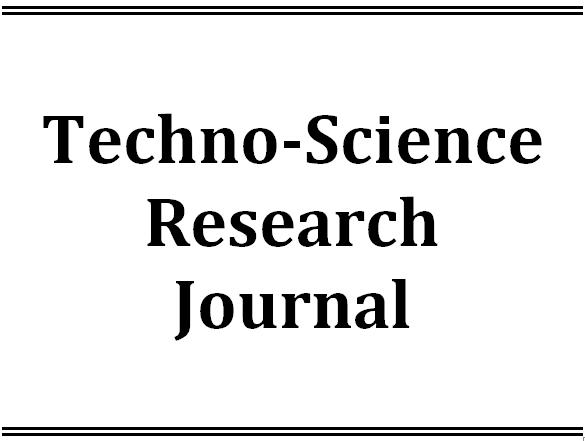Latest Issue
Empowering Education with Online Khmer Handwritten Text Recognition for Teaching and Learning Assistance
Published: August 30,2025Undergraduate Student Dropout Prediction with Class Balancing Techniques
Published: August 30,2025Status of Seawater Quality at Koh Rong Island, Sihanoukville, Cambodia
Published: August 30,2025Low-Complexity Detection of Primary Synchronization Signal for 5G New Radio Terrestrial Cellular System
Published: August 30,2025Word Spotting on Khmer Printed Documents
Published: August 30,2025Tuning Hyperparameters Learning Rate and Gamma in Gym Environment Inverted Pendulum
Published: August 30,2025Examining Passenger Loyalty in Phnom Penh Public Bus System: A Structural Equation Modelling Approach
Published: August 30,2025Prediction on Load model for future load profile of Electric Vehicle charging demand in Phnom Penh
Published: August 30,2025Economic Study on Integrating PV-DG with Grid-Tie: Case Study in Cambodia
Published: August 30,2025Comparative Analysis of Different Clustering Techniques in Hybrid AC/DC Microgrid
-
1. Energy Technology and Management Unit, Research and Innovation Center, Institute of Technology of Cambodia, Russian Federation Blvd., P.O. Box 86, Phnom Penh, Cambodia
Academic Editor:
Received: September 01,2023 / Revised: / Accepted: December 22,2023 / Available online: June 30,2024
Rural electrification is a critical challenge in many developing countries, where conventional grid extension is often not feasible or cost-effective due to low load density and long distances. Hybrid AC/DC microgrids offer a promising alternative solution, providing a reliable and sustainable electricity supply to rural communities. This study presents a comparative analysis of four clustering techniques (hierarchical, k-means, fuzzy c-means, and gaussian mixture models) for optimizing cable routing by grouping loads in a low-voltage hybrid AC/DC microgrid in rural electrification areas. The proposed approach consists of several stages: (1) grouping loads into the clusters using four clustering techniques; (2) optimizing the radial topology in clusters of the microgrid by using minimum spanning tree (MST) and shortest path algorithms (SP); (3) balancing the three-phase system using mixed-integer linear programming (MILP); and (4) performing an economic analysis to evaluate the effectiveness of the four clustering techniques. The methodology is applied to a real case study of an island area in Cambodia, and the performance of a hybrid microgrid under different clustering configurations is compared. The results show that k-means clustering is the most cost-efficient solution for optimizing the topology of a hybrid AC/DC microgrid in rural Cambodia.

